Perk Up with 6 Tasteful Malaysian Drinks
Lighten your mood and rejuvenate your senses with 6 must-try Malaysian drinks!
Discover the authentic in Asian cuisine food
Asian Pantry, Fresh Produce, Tips & Tricks
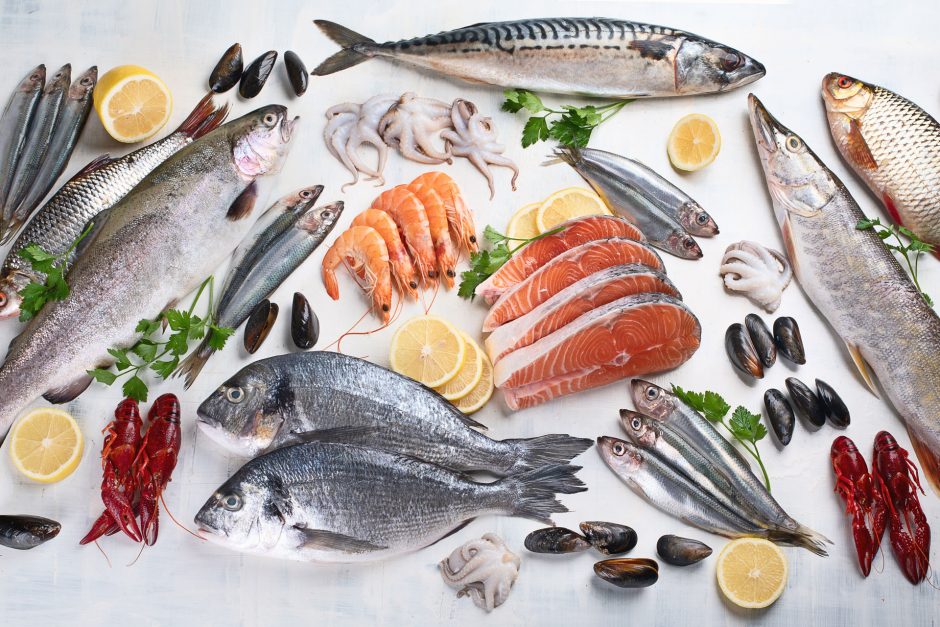
Fish is a healthier protein source than meats, packed with Omega-3 fatty acids and loads of vitamins and minerals that are awesome in reducing the risk of heart attack, strokes and even depression. It’s also one of the most ancient foods that humans have enjoyed since about 1.95 million years ago! Pretty much all civilizations and cultures have fish in their cuisine.
However, cooking fish at home can be tricky for the uninitiated. While you can certainly choose fish that are steak or fillet without the hassle of bones, you’ll also be missing out on some of the tastiest dishes with whole fish, especially in Asian cooking.
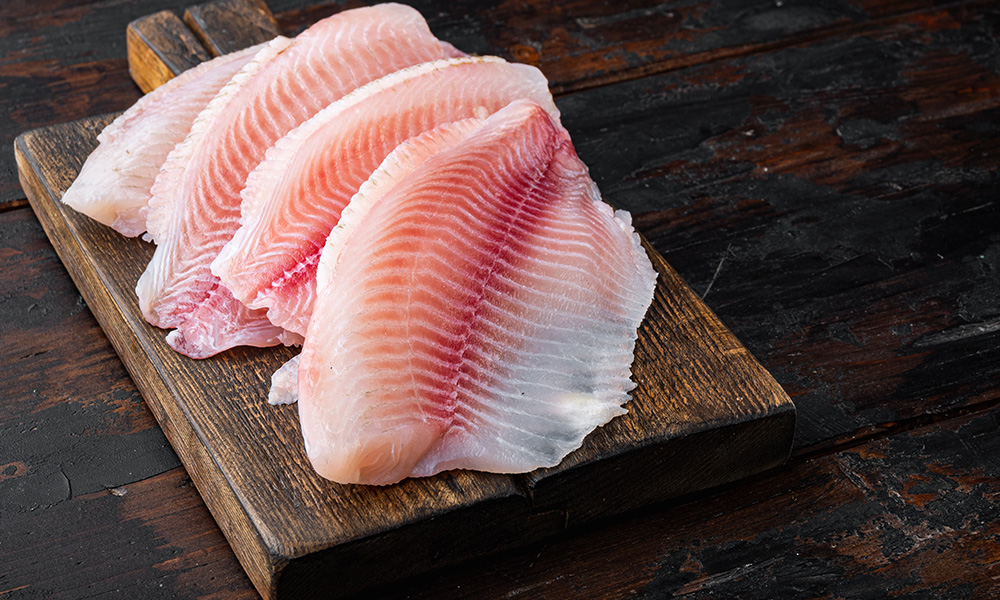
When buying whole fish, make sure it’s scaled, gutted and cleaned thoroughly – the seller can do this for you. Also, check out our tips on how to pick fresh fish here. Whole, steak or fillet, be sure to store in plastic wraps, or in an airtight container, and keep in your fridge, preferably the freezer section. They can generally stay fresh this way for 3-6 months, depending on their freshness when you bought them. But fish is usually best to cook and savour within 2 weeks, especially for fillets and steaks.
There’s actually just one main fact to remember when cooking fish, no matter the method: they overcook faster than other meats. Because fish flesh is more fragile, lean and tender, they absorb heat quicker. Overcooked fish can be tough, dry and often devoid of their distinct taste. So, manage your heat, and watch for signs that your fish is well-cooked – usually the change of dull, raw colours to warmer, vibrant hues.
All Asian cultures love fish, both seawater and freshwater types have a great plethora of flavourful delicacies. Seawater fish have a stronger scent with a briny taste, so are usually cooked with richer spices, herbs and flavouring to compliment. Freshwater fish have a milder taste, and so are easier to flavour with less seasoning. But there are also migratory fishes that swim both sea and freshwaters. Some fish-types are best for certain dishes like sashimi. But fishes in Asian cuisines are mostly interchangeable for common home-cooked methods.
With Australia’s abundance of fishes, you can easily find the best type for your preferred Asian cooking style!
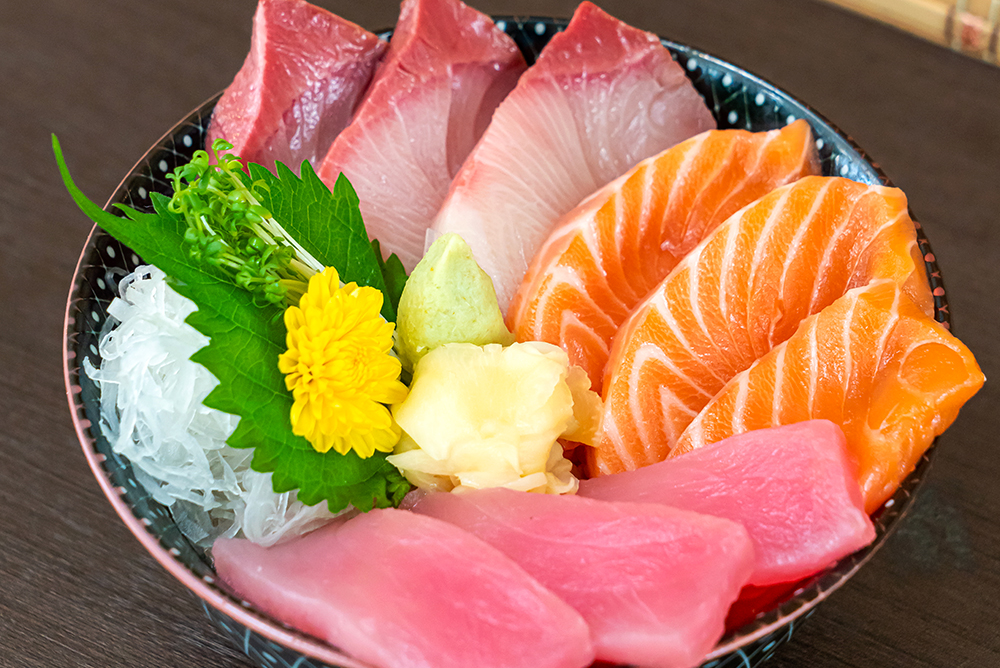
Japan has perfected the art of preparing and eating raw fish, to the point that sashimi-grade is recognized worldwide as fish that are absolutely safe. Only seawater fishes are suitable for raw enjoyment. Freshwater fish may have tapeworms and must be wholly cooked to eat.

Snapper, salmon and tuna are the best for sashimi and sushi. You can easily find them pre-filleted and ready to dish. Enjoy a fresh snapper sashimi plate, authentic Nigiri sushi, yummy Temaki cone, fun salmon sushi rolls, easy tuna tartlets, and wholesome sashimi salad.
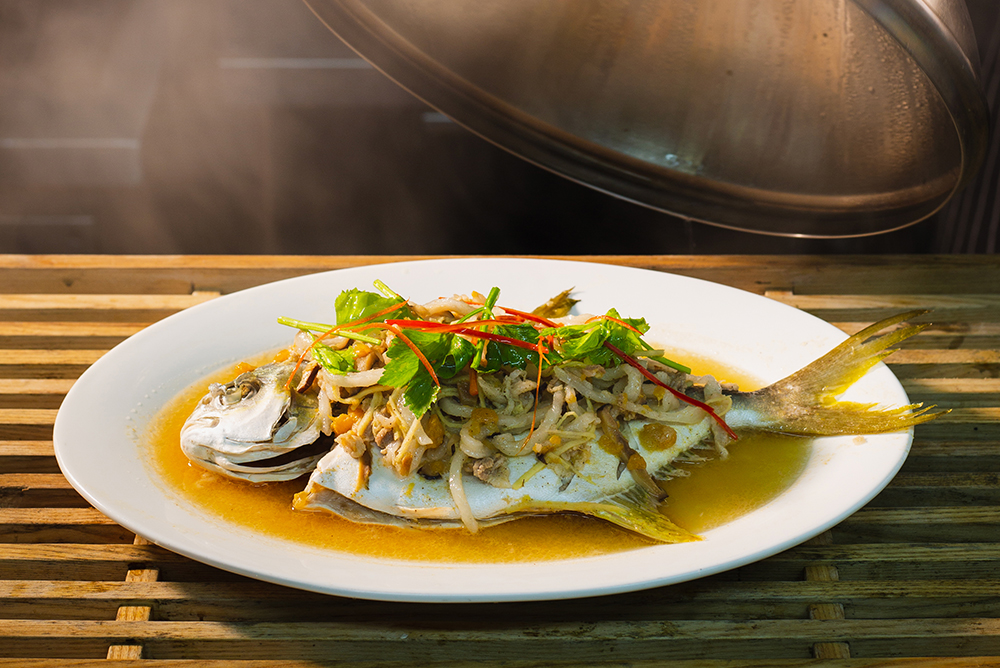
Steaming is probably one of the best ways to cook fish. It lets the natural juices blend with your sauce and seasonings while retaining the fish’s nutrition. An easy method, too. The heat from the vapour from boiling water does the cooking. So, put a heat-resistant bowl in your wok, pour the water in, cook to boil, and place your prepared fish dish, close the lid and let it steam. Usually takes no more than 10-15 minutes for any kind of fish. To check if it’s well-cooked, gently poke a fork or chopstick into the flesh, cooked fish-flesh is tender but firm.
It’s also much tastier to steam a whole fish than fillets. The bones too contain flavours that blend with the flesh and your seasonings for wholesome, delicious enjoyment.

Both seawater and freshwater fish are great for steaming. Enjoy a snapper Chinese favourite, white pomfret steamed with mushrooms, or a rich-flavoured Thai-style barramundi. Other white-flesh types such as bream, tilapia, flounder, grouper and trout are amazing to steam as well and are interchangeable with the recipes above.
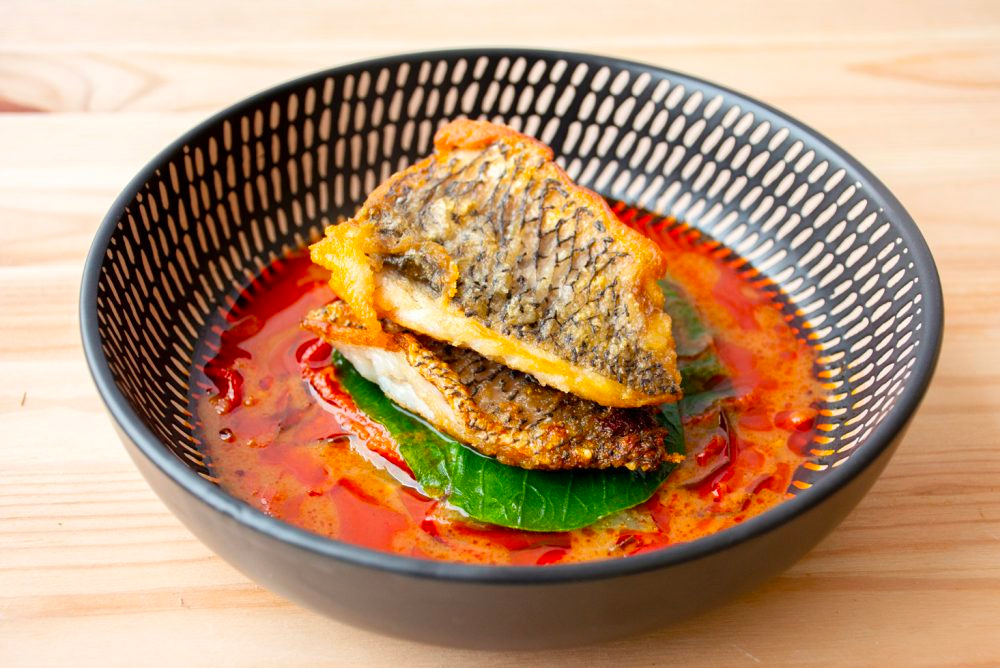
Pan-fry is another easy Asian method to cook fish, best suited for fillets and smaller fish-types. Similar to steaming, most fishes are compatible with Asian pan-fry recipes. The two main steps to this method are the marinade (which can be as simple as coating with salt), and managing the heat. First, cook the sauce or oil to a light steamy boil, then put the fish in, stir gently and flip from side to side. Make sure the fish is wholly cooked. Pan-fried fish has a golden hue with slightly crispy skin and firm but tender flesh. Asian cooking often adds a sauce or curry for full-flavoured enjoyment.
Have a simple Chinese home-cooked fave with any white fish cutlet. Black pomfrets are less common in Australia but are also best for pan-fry, with garlic or ginger for fragrance.
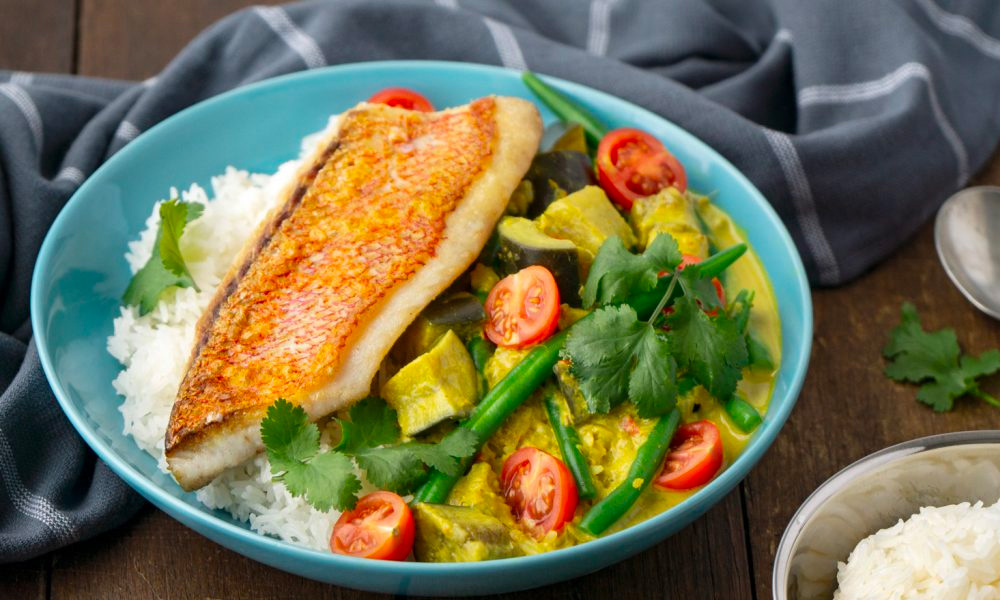
Get spicy and creamy with barramundi in Thai red curry, salmon in classic Choo Chee, and snapper fillets with wholesome Thai yellow curry. Also, savour an umami pan-fried whole bream with rice in the Japanese classic Tai Meshi.

Fish make tasty deep-fried dishes too. In Asian cuisines, cutlet and fillet are typically marinated with a light coat of flour. Whole fish can be deep-fried as is, so long as cleaned; or lightly coated with starch. Deep-fried fish goes best with a flavourful sauce. Cook a good amount of oil to boil, dip the fish in till crispy golden, and lift out from the oil when done. Also a fast method. Just make sure the oil is cooked and kept at a high temperature. This way, your fish actually absorbs less oil and stays crunchy on the outside, but smooth and tender within.
Any white-fish mentioned above is good for Asian deep-fry. Savour an umami Chinese fave with soybean paste. Or, a complex-flavoured Thai barramundi special with cashew nuts and apple sauce.
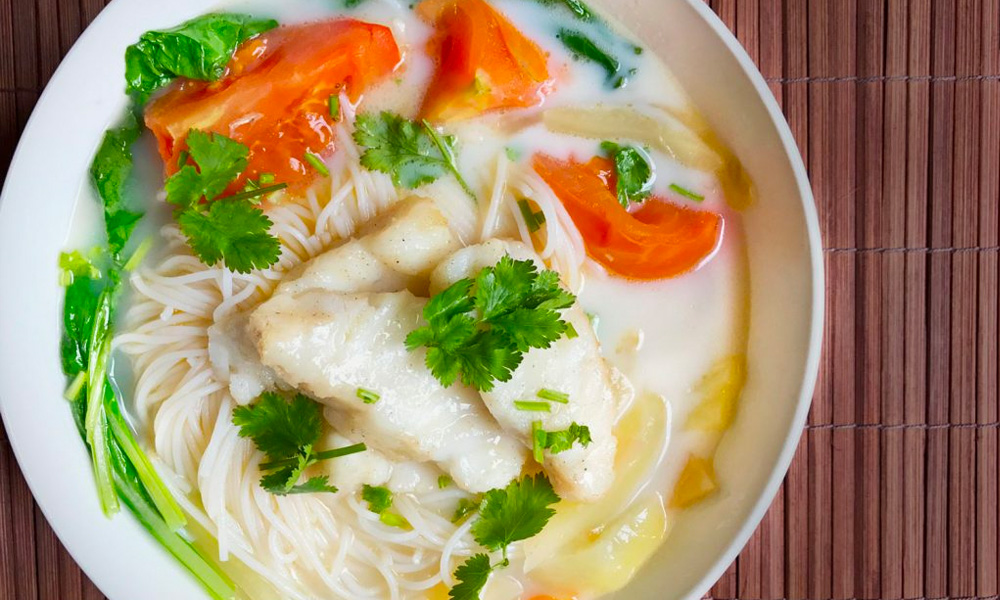
For fillets, enjoy the Aussie blue-eye trevally in an exquisite Japanese agedashi delight. The ling fish in an authentic Chinese vermicelli soup bowl. Aromatic salmon in fruity, sweet and spicy Thai Pla Sarm Ros. Or, any white-fish fillet in salt and pepper deep-dry.
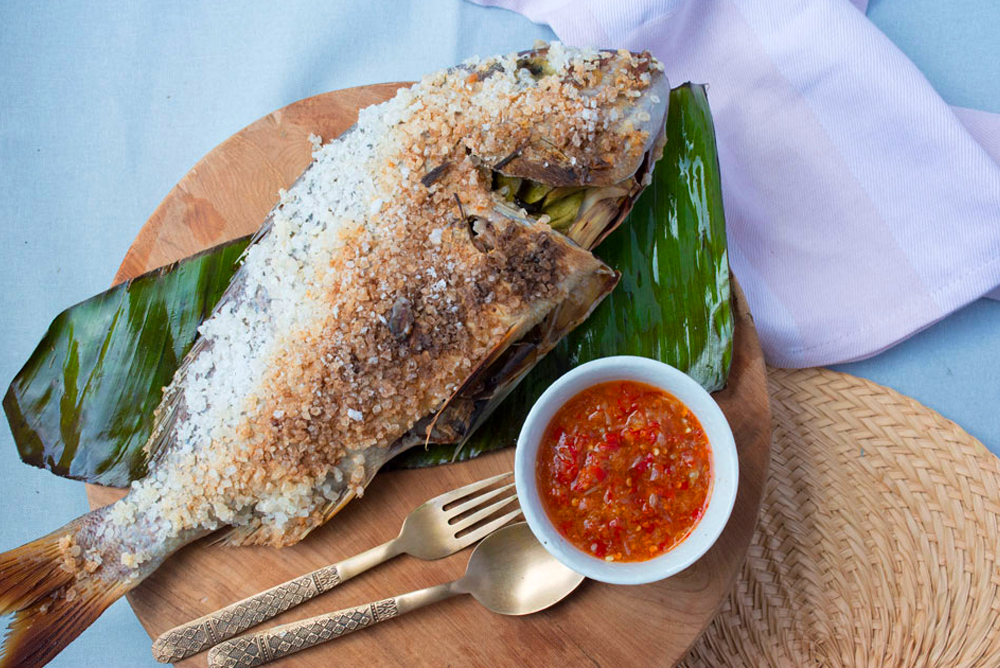
Marinate and grill. Works for meats, and yummy with fish as well. The only difference is beef tastes better with rawness intact. But for fish, fully-grilled is the safest and best.Swordfish is an Australian specialty, found in the eastern waters. Because of their sheer size, they’re usually cut and sold in fillets. Have yours in teriyaki steak style!
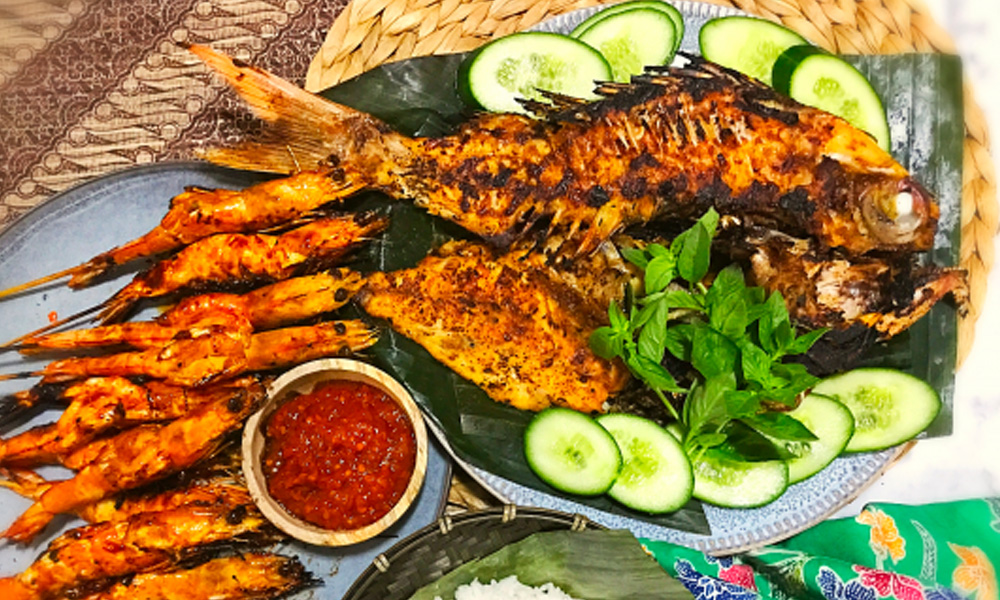
Mackerels are another Japanese favourite, great for the grill. Try it in this classic recipe. The sting-ray like Skate fish lives in most Aussie waters. Its fillets are thick and sumptuous, awesome for the Malaysian Ikan Bakar barbie. Whole white-fish are yummy to grill as well. Savour a snapper in a crispy-skinned, and fragrant, spicy Thai special.
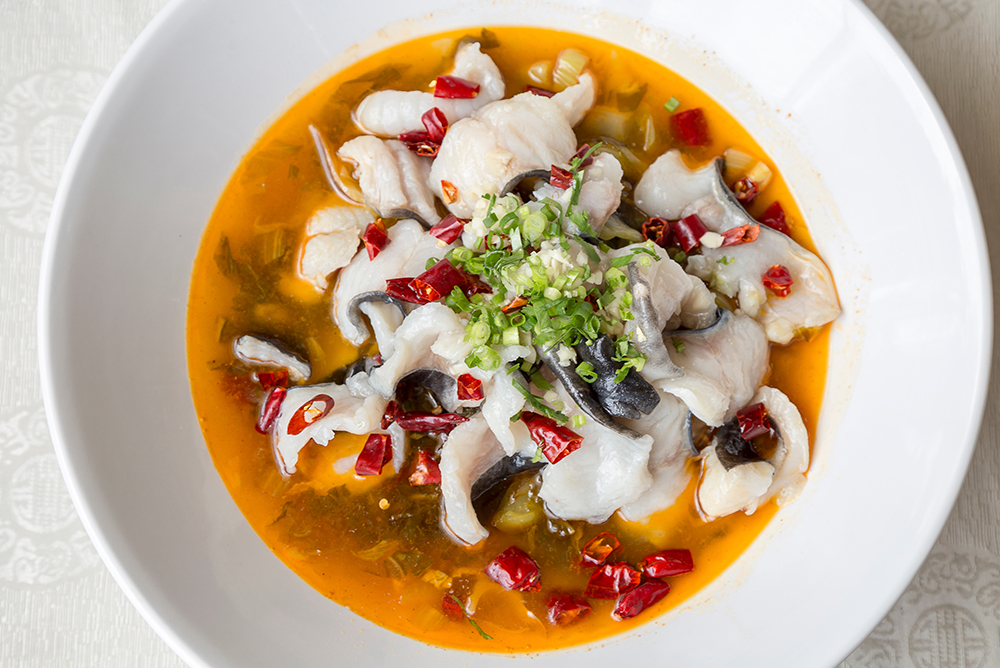
Two less common Asian cooking methods for fish are baked and boiled. But the Aussie freshwater basa is superb for both. Enjoy Vietnamese baked basa fillets flavoured with aromatic turmeric. Or a numbingly zesty surprise with boiled basa fillets in this Sichuan Chinese bowl!

Lighten your mood and rejuvenate your senses with 6 must-try Malaysian drinks!

Pair your hearty barbecues with these refreshing Asian delights!

What are the properties of ginger, and how to pick, store and use ginger in your cooking? Find out here!